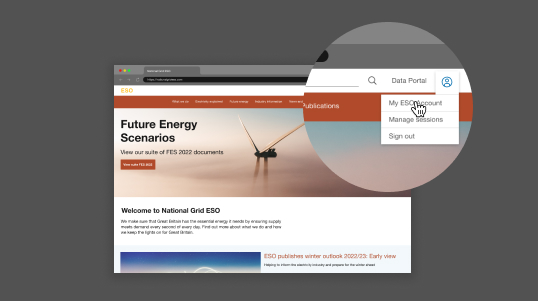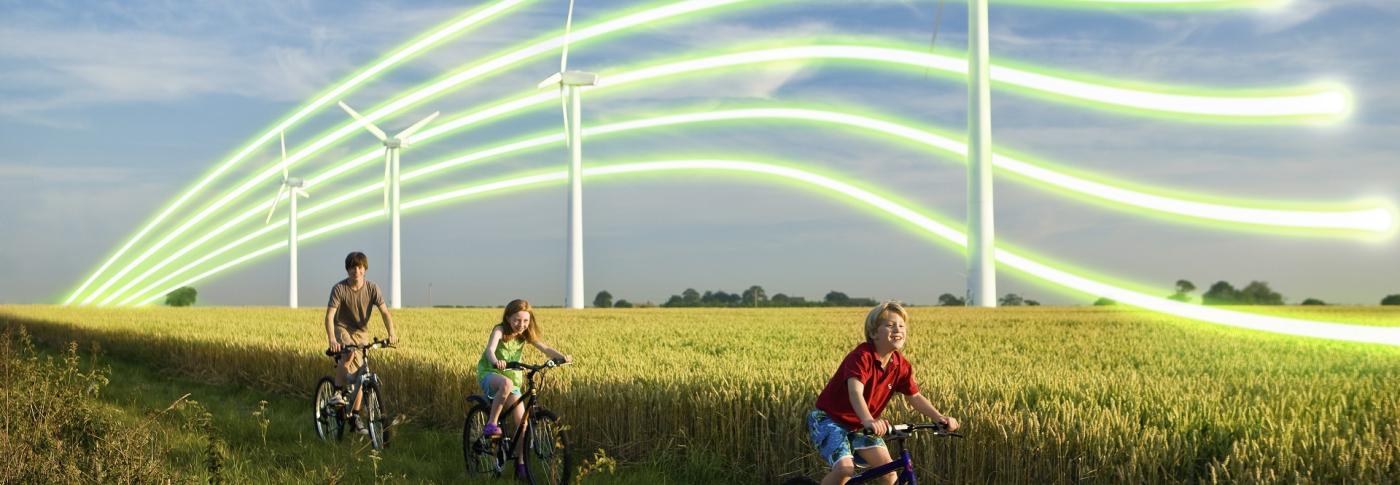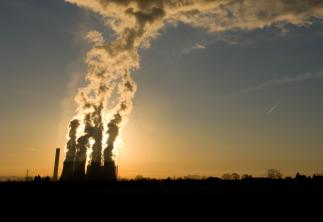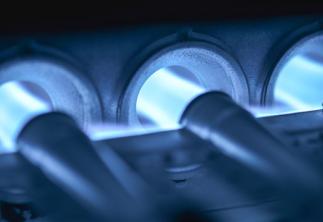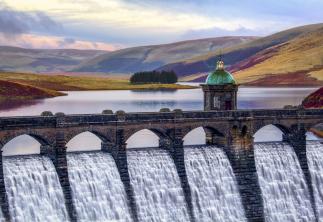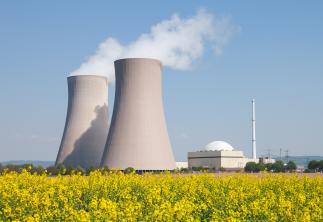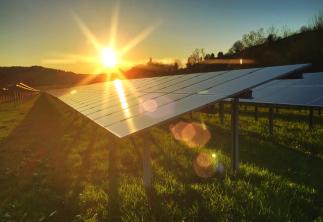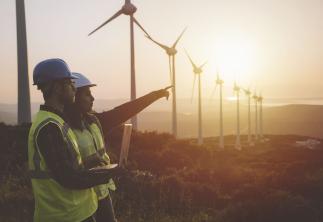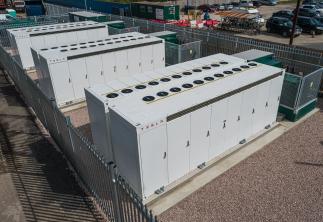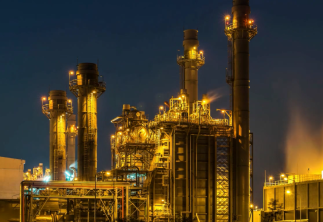The way electricity is generated is changing as we head towards a greener future.
But it’s important to have different fuel sources and technologies to generate electricity to ensure a constant supply and are not overly reliant on one type of power generation.
However, a reliance on carbon-emitting fossil fuels just a few decades ago, is being replaced as we move from coal to clean.
Renewables are key to all this. And it’s great news that in 2020, the number of hours of coal-free electricity totalled 5,147.
To understand how electricity is generated, we take a look at all sources – from nuclear to hydrogen, from solar to imports. We also lift the lid on electricity storage, and it’s critical role in this energy transition.
Learn more about the fascinating topic of electricity generation in this section of Electricity Explained.
